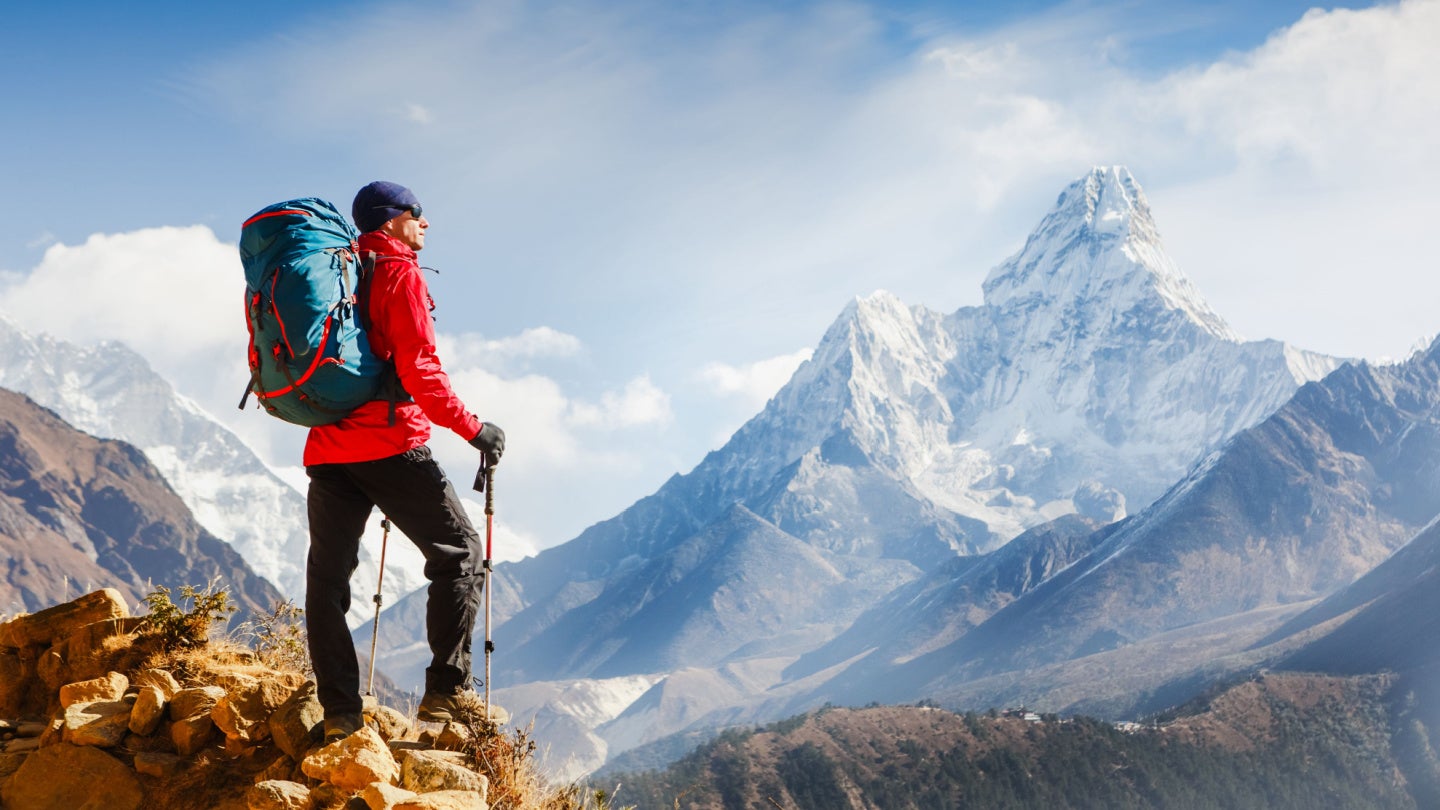Extreme tourism is not for the faint-hearted.
The niche industry encompasses high-risk activities that are mostly undertaken in dangerous and remote locations. These extreme environments cover a variety of locations worldwide, from mountains to the deep ocean, and even now into space. Often, these extreme events are only accessible to those willing or able to afford the hefty price tag.
Extreme tourism is a growth industry
In recent years, the desire for thrill-seeking has been growing among travellers. The rise of social media has normalized these events, giving bragging rights to those daring enough to push their limits.
However, the recent Titanic Titan submarine disaster has been a chilling reminder of the risks associated with this extreme industry. That trip cost each passenger $250,000 to travel nearly 2.5 miles deep to a remote part of the Atlantic Ocean.
These risky thills are driving increased attraction and money to the industry, as customers tick off their bucket-list destinations.
Here are some examples of the world’s most extreme travel destinations:

US Tariffs are shifting - will you react or anticipate?
Don’t let policy changes catch you off guard. Stay proactive with real-time data and expert analysis.
By GlobalDataClimb Mount Everest
Climbing the world’s tallest mountain is not a new endeavour. Interest has been growing since the first two people summited in 1953 and it is now a multimillion-dollar industry, driving a huge portion of Nepal’s economy.
The very short climbing season spans April and May each year, and most tourists summit in mid-May after Sherpas set up safety lines and camps on the mountain. In recent years, concerns around overcrowding have peaked, especially in May 2019, when a viral photo showed 320 people waiting in a queue to reach the top, also known as the ‘death zone’.
However, the attraction continues. In 2023, the Nepalese government issued a record 478 climbing permits to foreigners, equating to over 1,200 people in total hoping to reach the Everest summit, alongside Sherpas.
Reports of missing climbers have become a regular event each year. 2023 recorded the highest death toll in Everest history with 17 people dying in the climb. It is also not a cheap holiday. An average trip costs around $50,000, but prices range from $30,000 to $160,000, depending on the level of luxury chosen for your stay at the Everest base camp.
Fly into space with Virgin Galactic
Founded by Richard Branson, Virgin Galactic offers the first commercial flight into space. On 29 June, 2023, Virgin Galactic’s first commercial flight successfully carried six crew to a vertical climb of 53 miles above Earth in 90 minutes. NASA defines an astronaut as any person who has flown at an altitude of 50 miles or higher, meaning that the Virgin Galactic spaceflight is perhaps the only way that a regular citizen can gain astronaut status.
However, there is a catch. A seat costs around $450,000, equating to $5,000 a minute. The company has already sold around 800 tickets, meaning there will be a backlog when flying commences in September 2023.
Hike an active volcano
According to the US Geological Survey (USGS), there are approximately 1,350 potentially active volcanoes in the world. To many thrill seekers, these provide an exciting hiking destination, and they attract extreme tourists from all over the world to experience their beautiful scenery and geothermal activity. Although small, these destinations do not come without risks.
In New Zealand, Whakaari (or White Island volcano) erupted on 9 December 2019, tragically taking 22 lives. A total of 47 people were on the island when the volcano erupted, sending a plume of ash, toxic gas, and rocks 12,000ft into the sky. Since 2010, there have been around 40 volcanic eruptions with large or higher eruption explosiveness, which are those eruptions marked as a four or more on the volcanic explosivity index (an index of one to eight that measures the explosiveness of volcanic eruptions).








